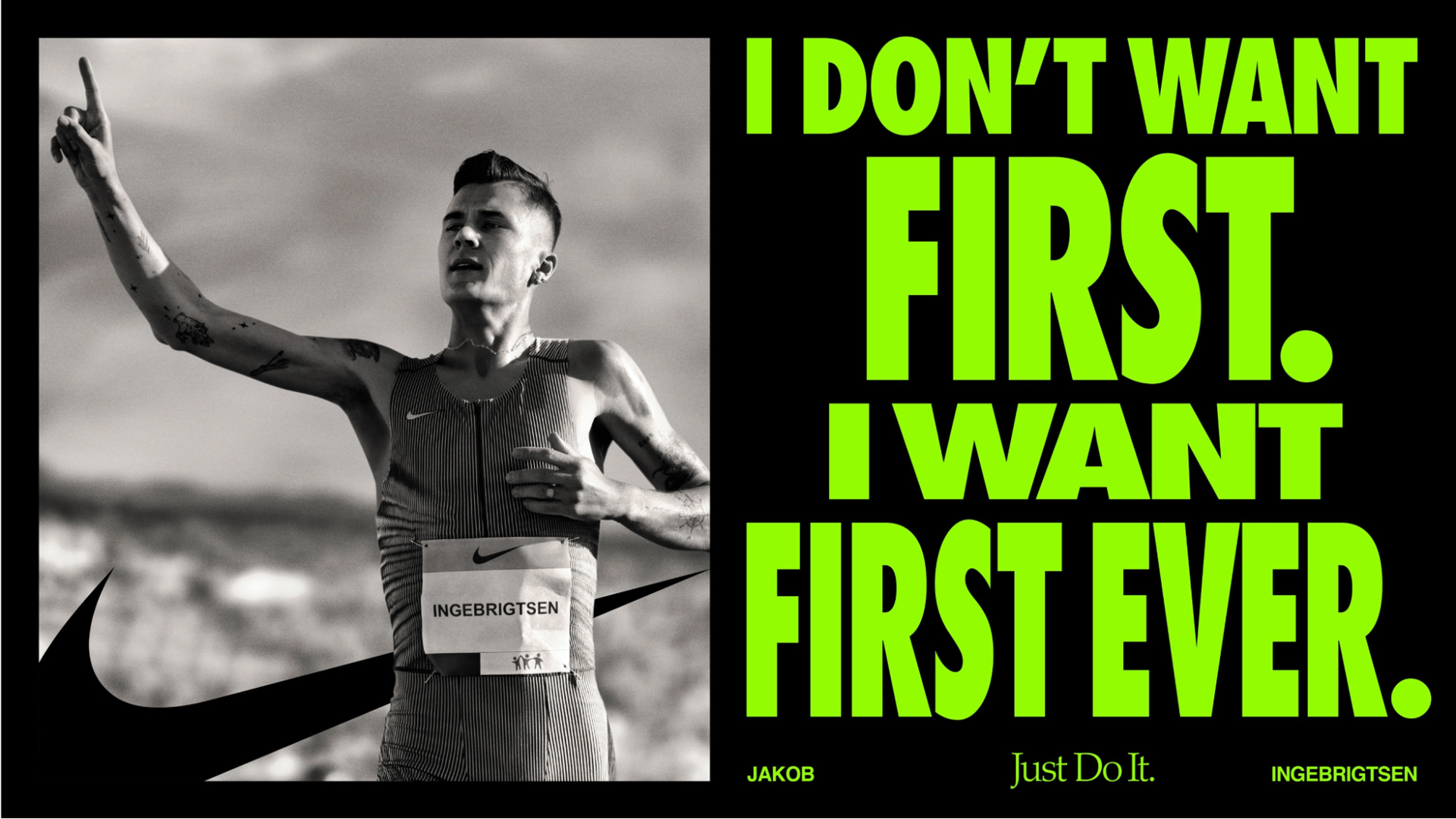The best graphic design books on branding, logos, type and more
From type to logo design, the best graphic design books will take you on a journey to mastering your craft

The best graphic design books can help designers at any stage of their career. To curate this list, we've used our own knowledge over 10 years reporting on design, and asked our industry-specialist contributors to pitch in. We’ve included both classics and new titles, and have selected informative, insightful, and enjoyable books. For each title, you'll find direct links to retailers near you that have the best price.
Whether you’re a newbie wanting to read the essentials, an experienced pro seeking inspiration and developing critical skills, or just buying a gift for the graphic designer in your life, we’ve got you covered. You may also want to check out our guides to the best branding books, the best drawing books, and the best illustration books.
The best graphic design books
Logo and branding books

The best book on brand identity
+ Outstanding resource
+ Engaging writing
+ Up-to-date
Alina Wheeler’s best-selling guide is a design classic still relevant to a modern audience, given its five updates. It’s split into three sections, providing in-depth guidance for designers and entire branding teams. This latest version includes expanded coverage of contemporary tools including social media, SEO, experience branding, phones, and more.
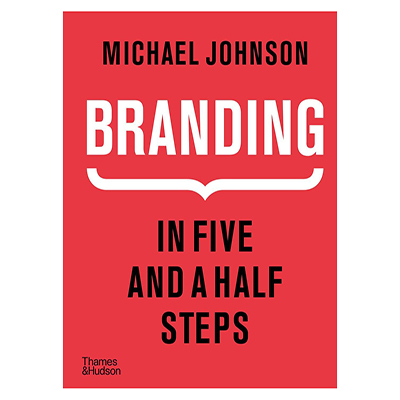
A visual guide to building a brand
+ No-nonsense
+ Opens up process
+ Genuinely useful
Famed designer Michael Johnson divides the branding process into five steps in this must-read guide. But he doesn't oversimplify: he acknowledges its non-linear nature with a crucial half-step, marking the fluid relationship between strategy and design. A no-nonsense, six-question model structures the first half; the second analyses the design process.
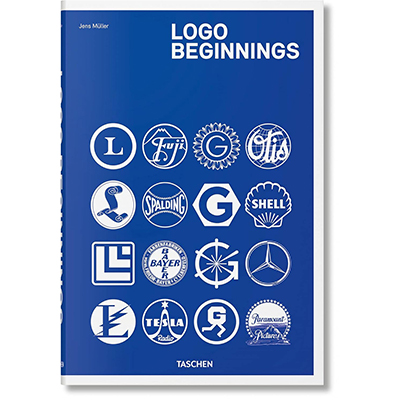
A fascinating look at logos from the past
+ Thousands of historic logos
+ Fantastic overview
Jens Müller’s book is even more fascinating, observing the history of logo design from 1870 to 1940 with a treasure trove of examples. Themes include symbols with people or landscapes and geometric shapes, and it's a fascinating overview of evolving trends and how logos have (generally) become more simplified.
General graphic design

Smart career advice from a design great
+ Very engaging
+ Useful tips
+ Inspiring
We found Anthony Burrill's Work Hard & Be Nice to People to be sharp and concise, with Burrill's heart and lack of pretension make for an enthralling read. This inspiring account of what Burrill values in creatives is a re-worked version of his previous book Make it Now, with added material.
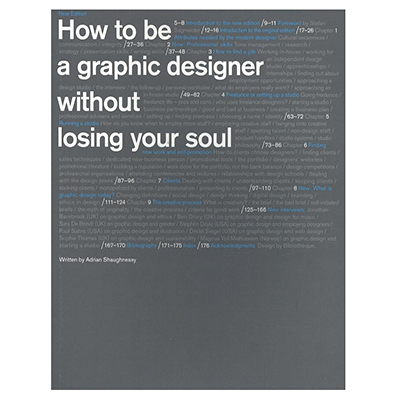
Expert advice on being successful
+ Top practical advice
+ Philosophical guidance
+ Intelligent writing
Full of honesty and plain speaking, and low on waffle and jargon, How to Be a Graphic Designer Without Losing Your Soul is full of sound advice on getting a design job, setting yourself up as a freelancer, founding your own company, dealing with clients, pitching and more.

How to run a design business
+ Sound advice
+ Great case studies
+ Refreshingly written
David Airey, author of Logo Design Love, gets a lot of questions about running a design business, and he answers them in this refreshingly straightforward guide. Touching on everything from the mindset needed to taking your first steps in business, this is a must-read for any entrepreneurial designer.
Graphic design theory

The definitive guide to grids
+ Invaluable resource
+ Detailed examples
+ Very informative
This book remains the definitive word on using grid systems in graphic design. Written by legendary Swiss graphic designer Josef Mülller-Brockmann, this visual communication manual is packed with examples on how to work correctly at a conceptual level. It’s a must-read for any student or practising designer.
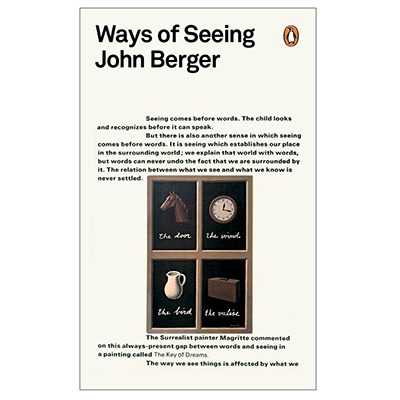
A design classic that never dates
+ Eye-opening
+ Classic design book
+ Thought-provoking
To create successful work that's designed to be seen, you need to understand how people see things. That's where Ways of Seeing comes in. Written by art critic and painter John Berger and based on a BBC TV series, this bestseller explores the way we view art.
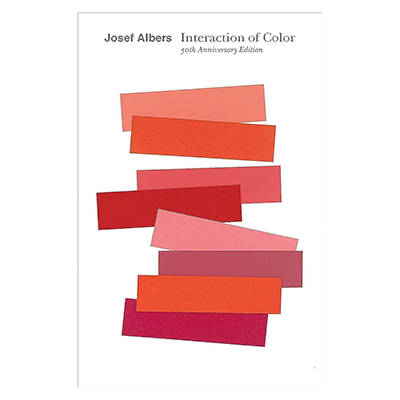
A classic title on colour theory
+ Fascinating
+ Must-read textbook
+ Insightful exercises
- Not user-friendly
This longstanding, essential classic comes from Josef Albers, a hugely influential artist-educator and member of the Bauhaus group in the 1920s. It’s not exactly user-friendly, and is rather lacking in visual engagement, but contains life-changing insight into how colours react when seen by the human eye.
Graphic design history
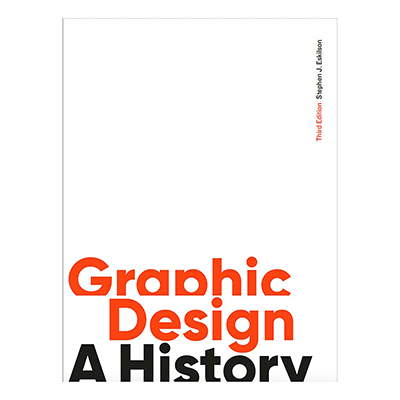
Interesting design history book
+ Very thorough
+ Beautiful visuals
+ New edition
This informative and engaging history of graphic design has been updated for the latest edition. Organised chronologically, the book traces the impact of historical events on graphic designers working in print and film, now including the latest web, multimedia and emerging digital technologies.
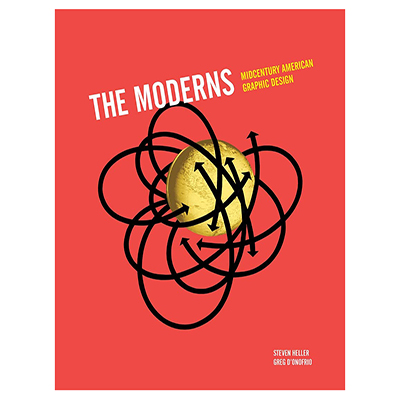
Comprehensive book on a key era
+ Beautifully illustrated
+ Comprehensive resource
This beautiful hardback book is a fascinating, comprehensive resource with over 300 gorgeous illustrations and covers a breadth of work from the golden age of graphic design. It features a series of profiles of designers whose work shaped the contemporary landscape. See our full review for more details.
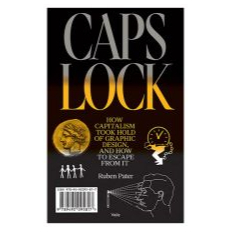
A revisionist history of graphic design
+ Accessible
+ Visual examples
In a world in which even rebellion and anti-consumerist strategies are appropriated, this is an illuminating read. Pater uses clear language and examples to show the links between graphic design and capitalism. We were pleased to find he has some suggestions about what can be done about it too.
Typography books
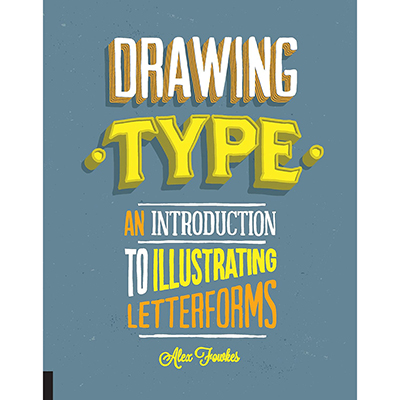
Invaluable inspiration for making type
+ Inspiring designs
+ Interviews and insight
+ Sketchbooks
- Not a “how-to”
Whether as a side project or in hopes of pursuing a career as a type designer, this part-inspiration, part-workbook title by Alex Fowkes provides a flying start. Featuring real-world projects and sketchbooks of well-known type designers, this isn't a 'how to' guide, but rather a mixture of insight and inspiration.
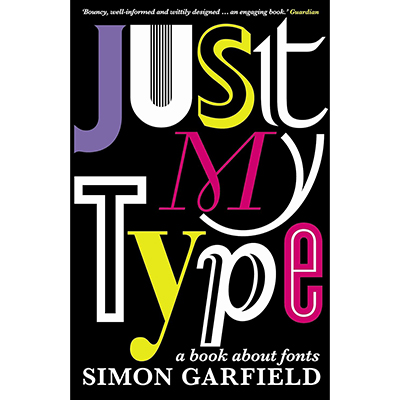
Delve into the history of type
+ Informative
+ Detailed history
+ Very engaging read
The right font choice can make or break a design. But to understand why certain typefaces resonate with people, you need to understand their history, which is exactly what Simon Garfield's Just My Type explores.

A tribute to the famous sans serif
+ Presentation
+ Historical photos
- Quite expensive
This detailed, beautiful tribute to the world’s second-most famous sans serif is filled with interesting trivia. The book itself is a thing of beauty; embossed silvery type shimmers on the cover and chapters are divided by simple black shapes, creating a playful feel. See our full review for more details.
Designer monographs
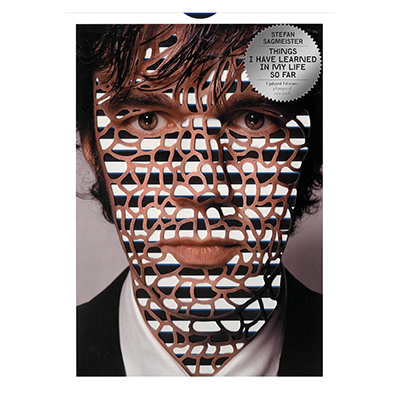
Inspiration from a living legend
+ Brilliant insight
+ Fascinating projects
+ Very inspiring
Austria-born designer Stefan Sagmeister’s monograph revolves around 21 thought-provoking phrases, transformed into typographic works for various clients around the world and has been since updated. His second text, Made You Look, spans 20 years of his graphic design in depth and complements this book perfectly.
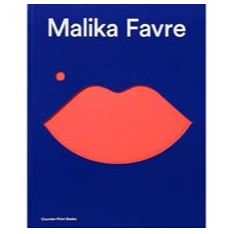
Meet "the designer's illustrator"
+ Large-format
+ Great insights
+ Beautiful visuals
Malika Favre is very much a graphic designer's illustrator. Re-released in 2022 as an expanded edition, this large-format book is divided into some of Favre's most frequent themes, with a big focus on women. Showcasing work from across her career, it features some of her New Yorker covers and erotica.

A monograph from the world's leading firm
+ Detailed history
+ Biographies of partners
+ Lots of great work
- Weighty
This is a monograph of one of the world's leading design firms, and it provides a history lesson as well as a journey through visual design over the last 50 years. There are two books, The Directory and The Biography, each are equally fascinating. One for the Pentagram design nerds. Read our full Pentagram: Living by design review.
Ideas and inspiration

A hoard of tips and ideas
+ Bite-sized creative advice
+ Real examples
Michael Johnson's Now Try Something Weirder is chock-full of prompts and ideas (233 to be precise) based on his own experiences from over three decades in graphic design. It's very readable in a snappy, economical, and jargon-free way that makes it accessible to anyone, not only designers.
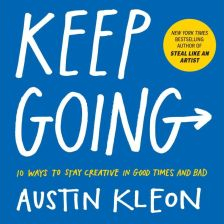
An inspirational book on being creative
+ Bite-sized tips
+ Practical advice
+ Easy to follow
Want a book you can dip in and out of whenever you need inspiration? This short and sweet book is a great pick-me-up if you're stuck in a creative rut. With fun diagrams and drawings too, this is a lighthearted yet considerate look at how to be creative.

A look at the key elements of design
+ Ideas from experts
+ Prevents creative block
+ Very insightful
Featuring work by acclaimed designers such as Paul Brand, Neville Brody and Stefan Sagmeister, this book covers the key elements of great design. Authors Steven Hiller and Gail Anderson hone in on professional techniques in an accessible way and discuss colour, narrative, illusion, humour, simplicity, ornaments and more.
Get the Creative Bloq Newsletter
Daily design news, reviews, how-tos and more, as picked by the editors.

Mark Wynne is an art director and designer with more than 20 years' experience in the publishing industry. He's been responsible for art directing and rebranding several popular magazine titles, including Official PlayStation Magazine and cult videogame title EDGE, and he was also Art Editor for Computer Arts magazine. Mark is one of Creative Bloq's go-to experts for all things related to design and branding.
- Josephine WatsonManaging Editor for Lifestyle
